As you may have already heard, the Dutch certainly do not beat around the bush. This does have a plus side as it conveniently applies, not only to their direct behavior, but also their use of language.
Why complicate things when you can just literally spell them out?! For instance, who needs a fancy (rather nonsensical) word like “glove” when you are simply looking for something to keep your hands warm (sort of like what shoes do for your feet!). No need to go about confusing us foreigners with more words to learn! Similarly, when boating through the canals of Amsterdam I discovered that only one word is needed to discuss the depth of the murky bicycle-laden waters: diep (deep). Slap a little prefix in front of it, and you’ve got its handy companion ondiep (undeep). Again, no need to learn something new 😉
1. Hand shoes
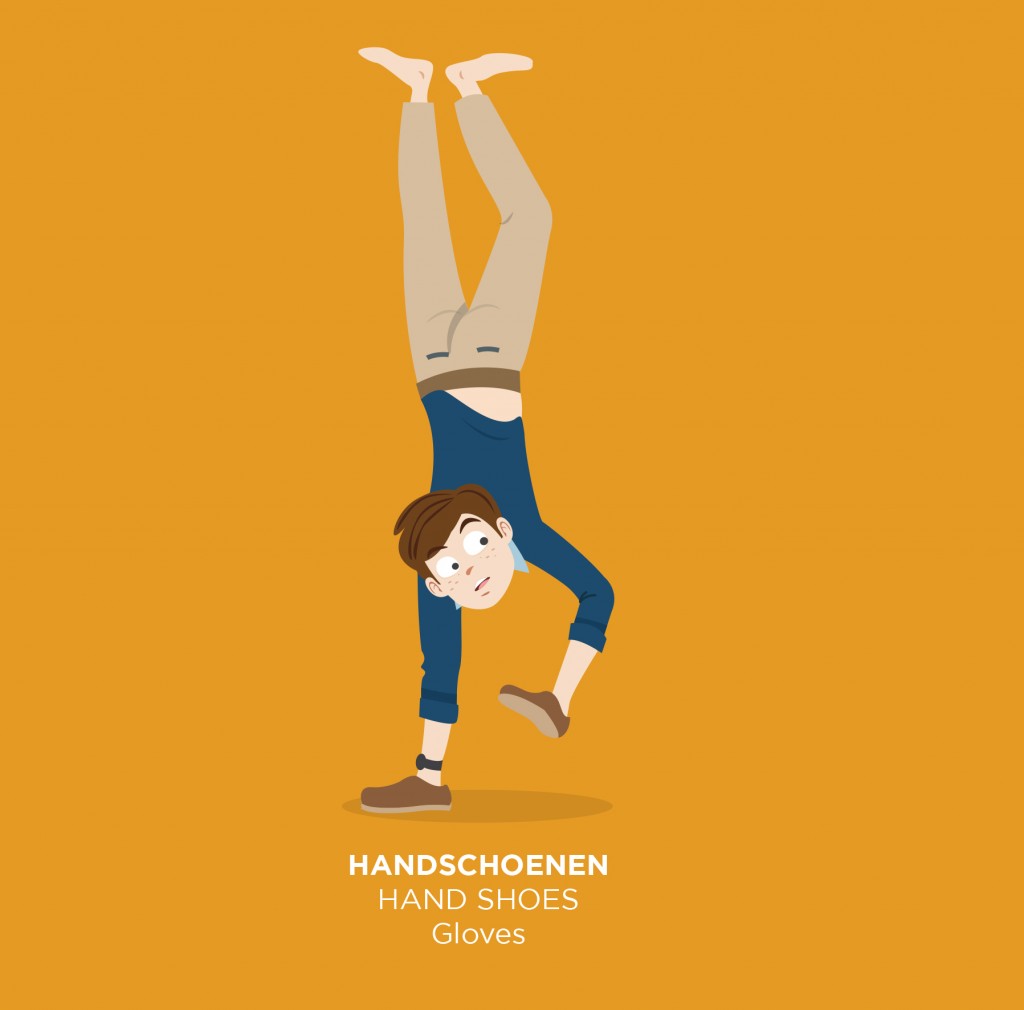
2. Toilet glasses
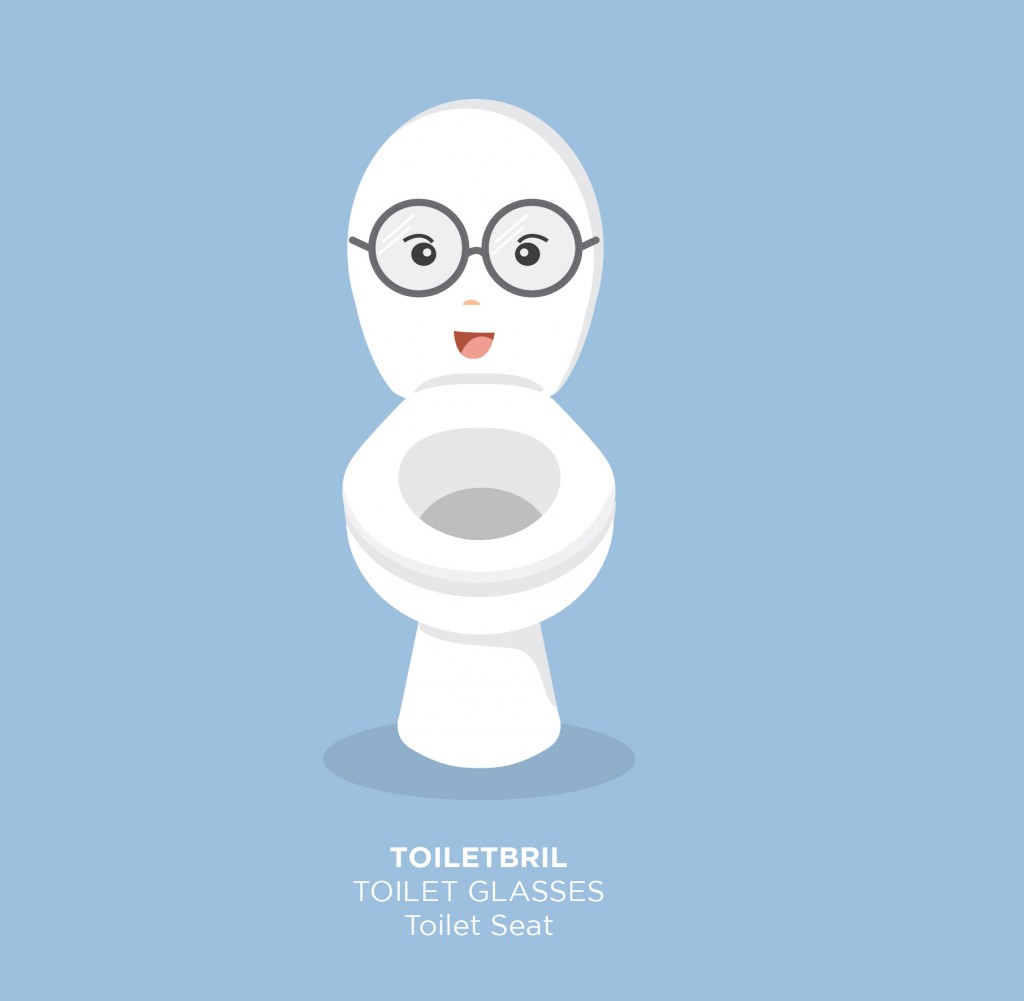
3. Ant F@#$%
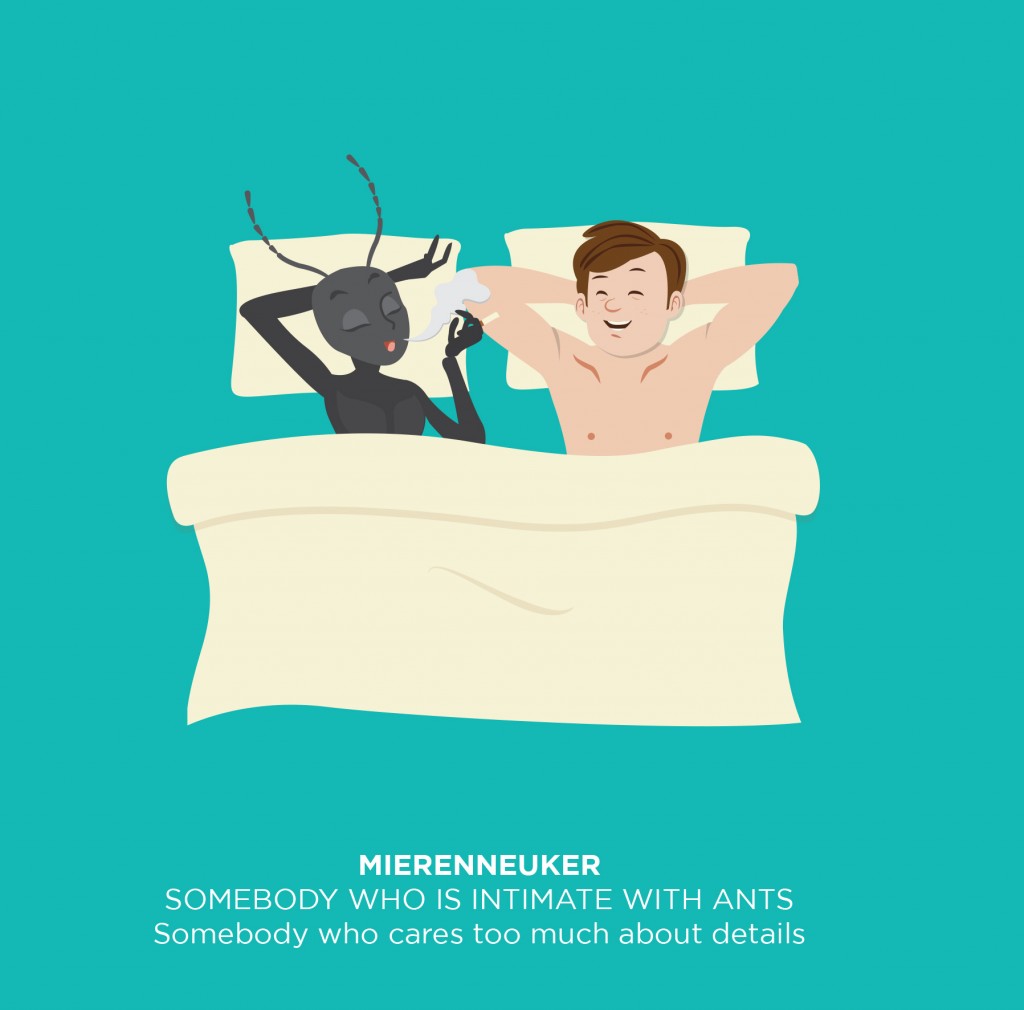
4. Nail pants
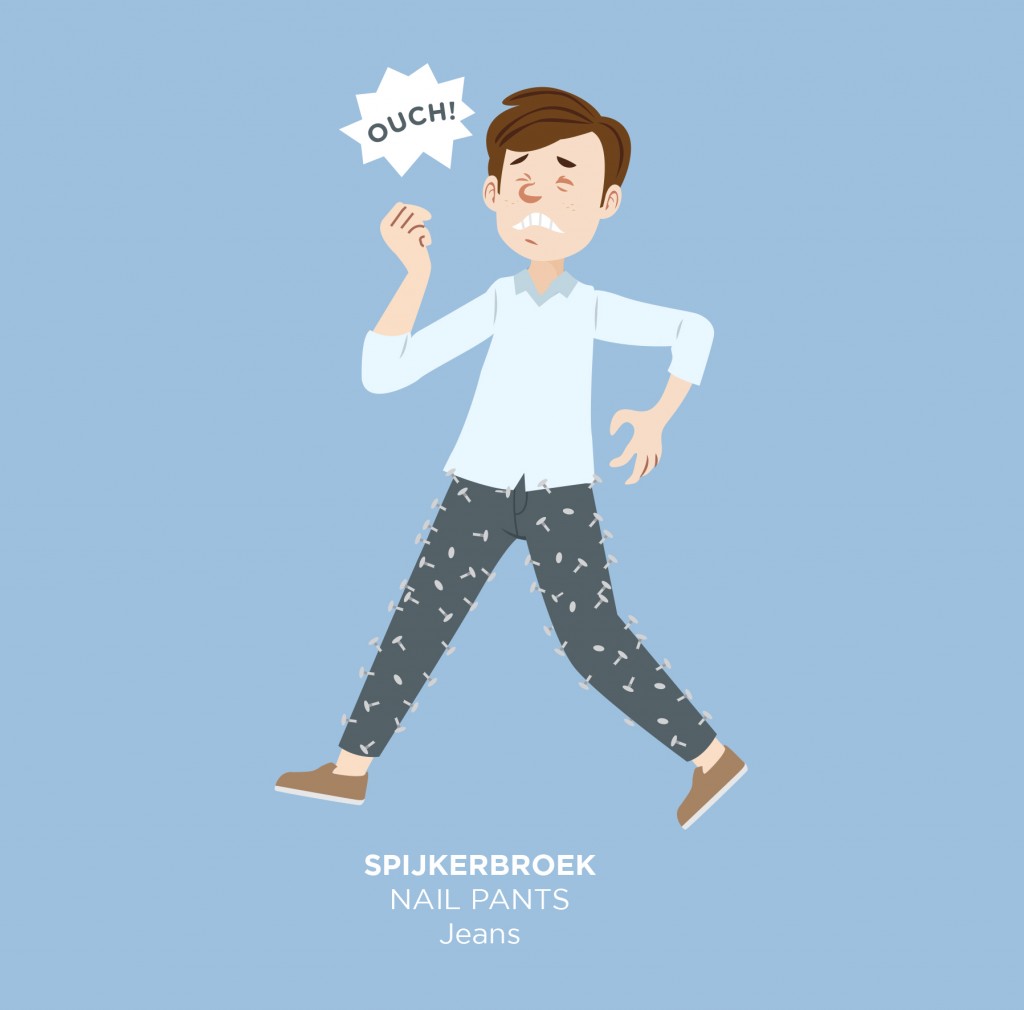
5. Clean mother
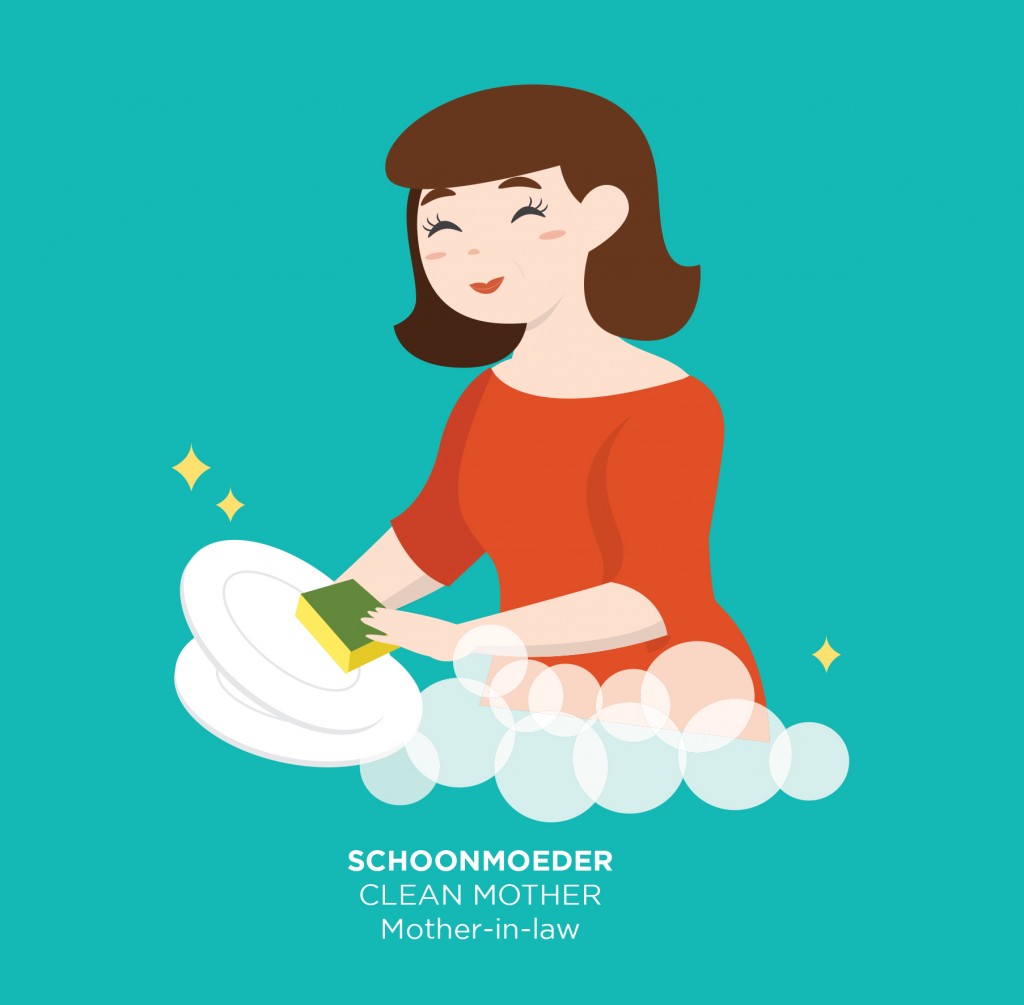
[sdpl-ad4]
6. Little monkey tail
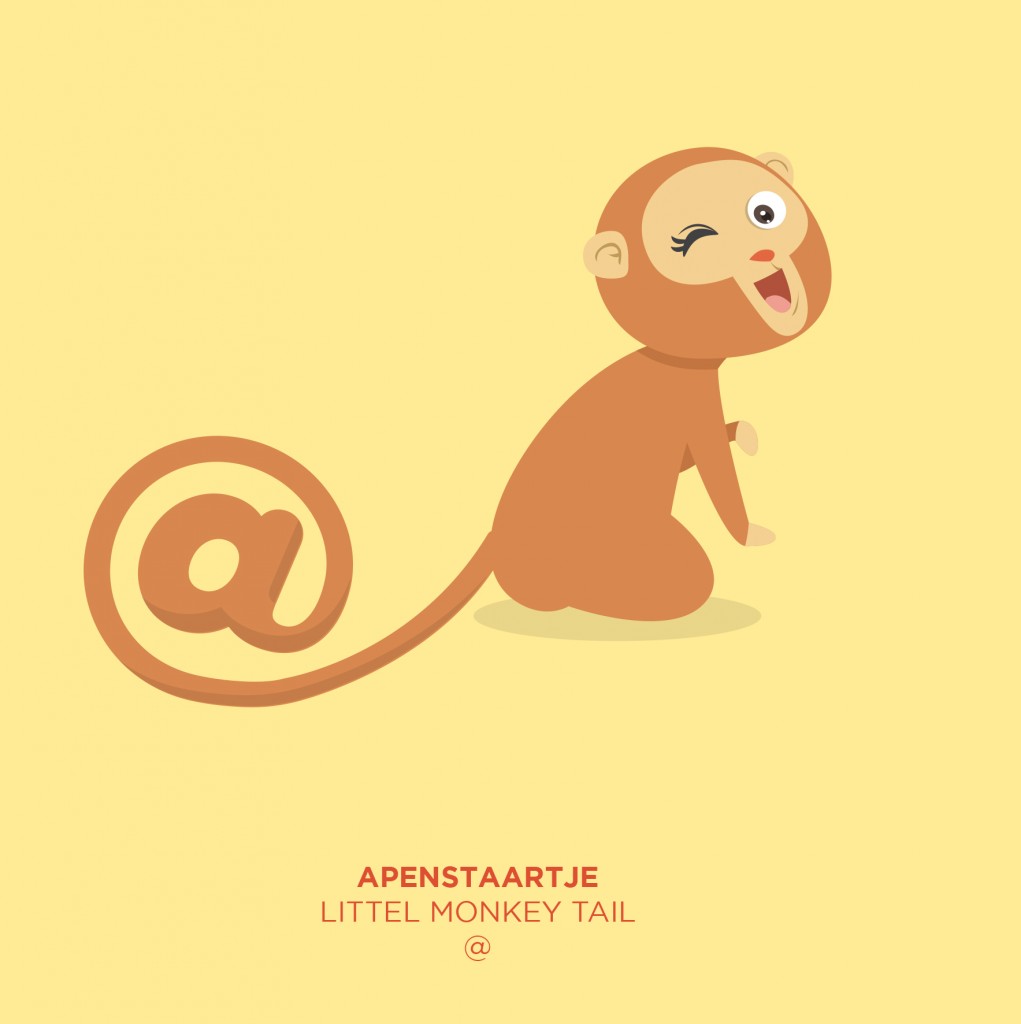
7. Fire snake
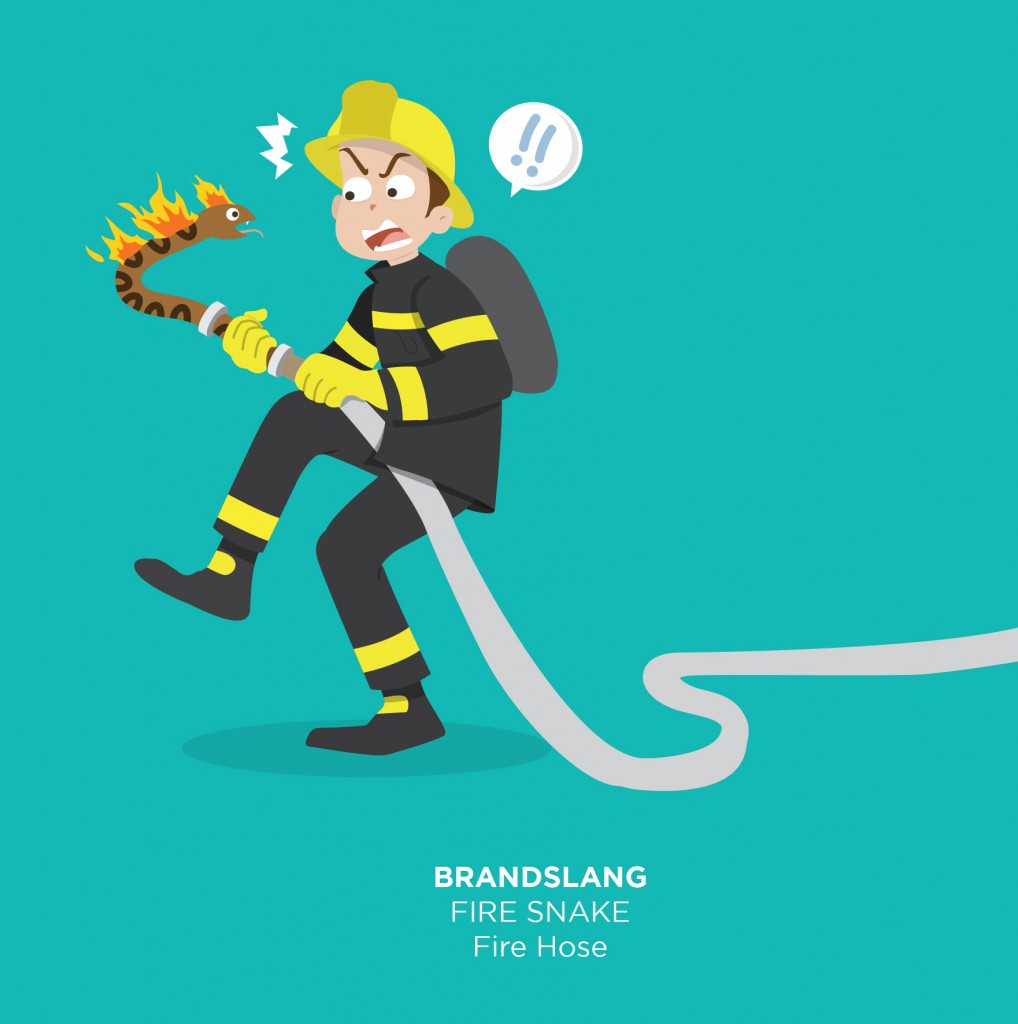
8. Donkey’s bridge
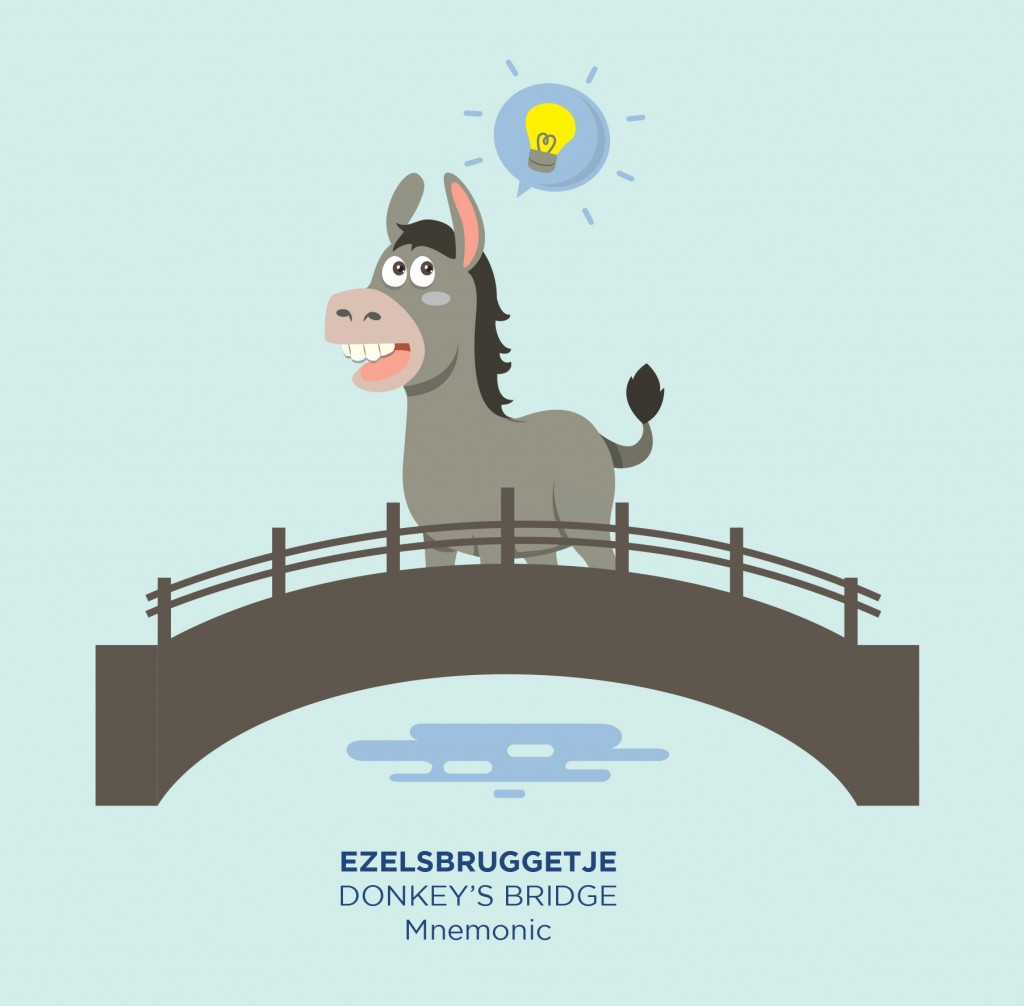
9. Butter ham
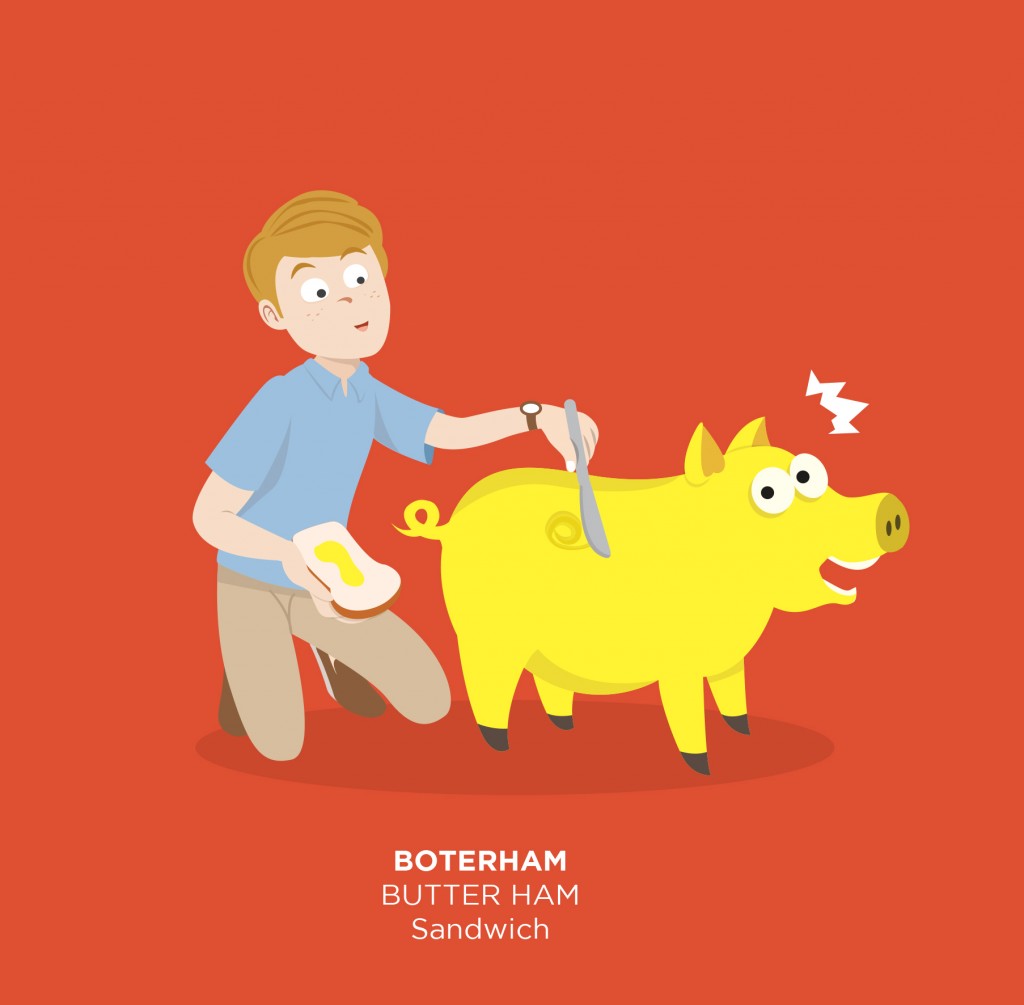
10. Shield toad
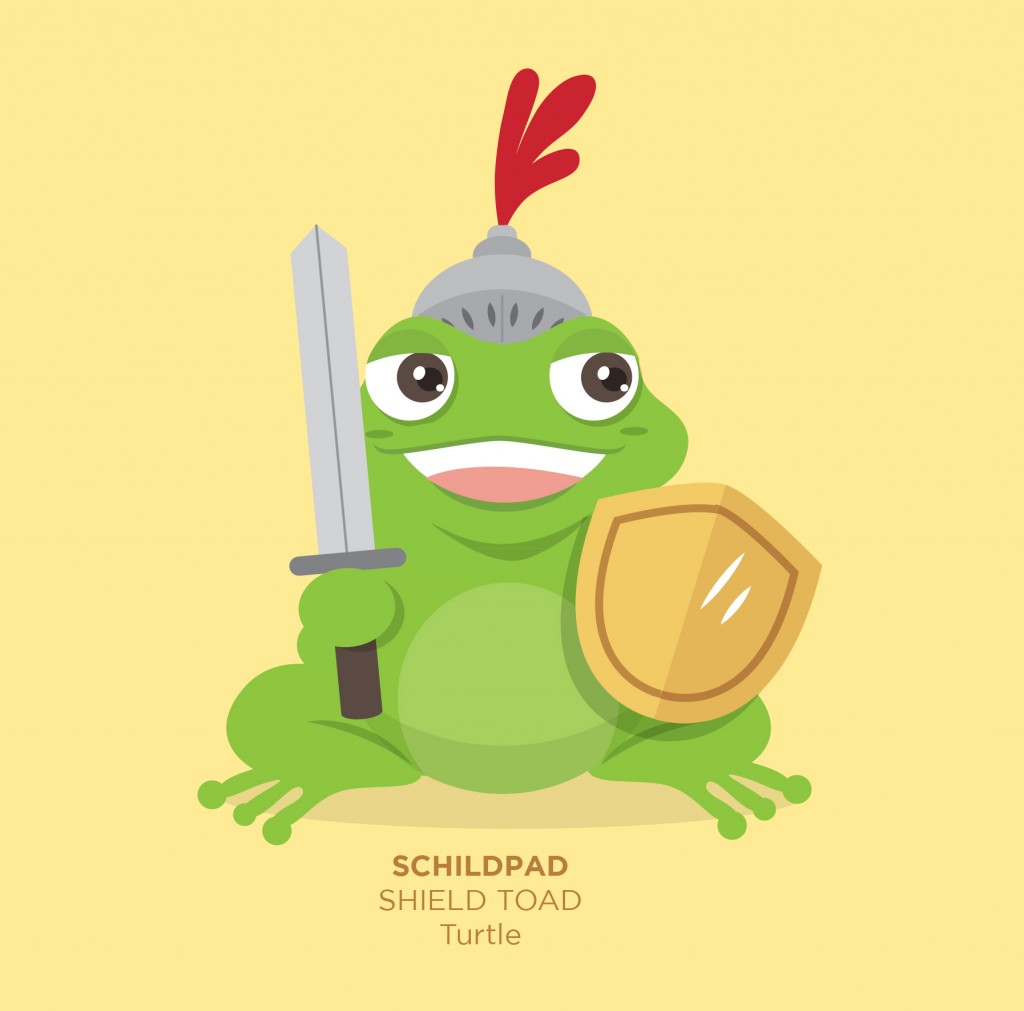
11. Peanut cheese
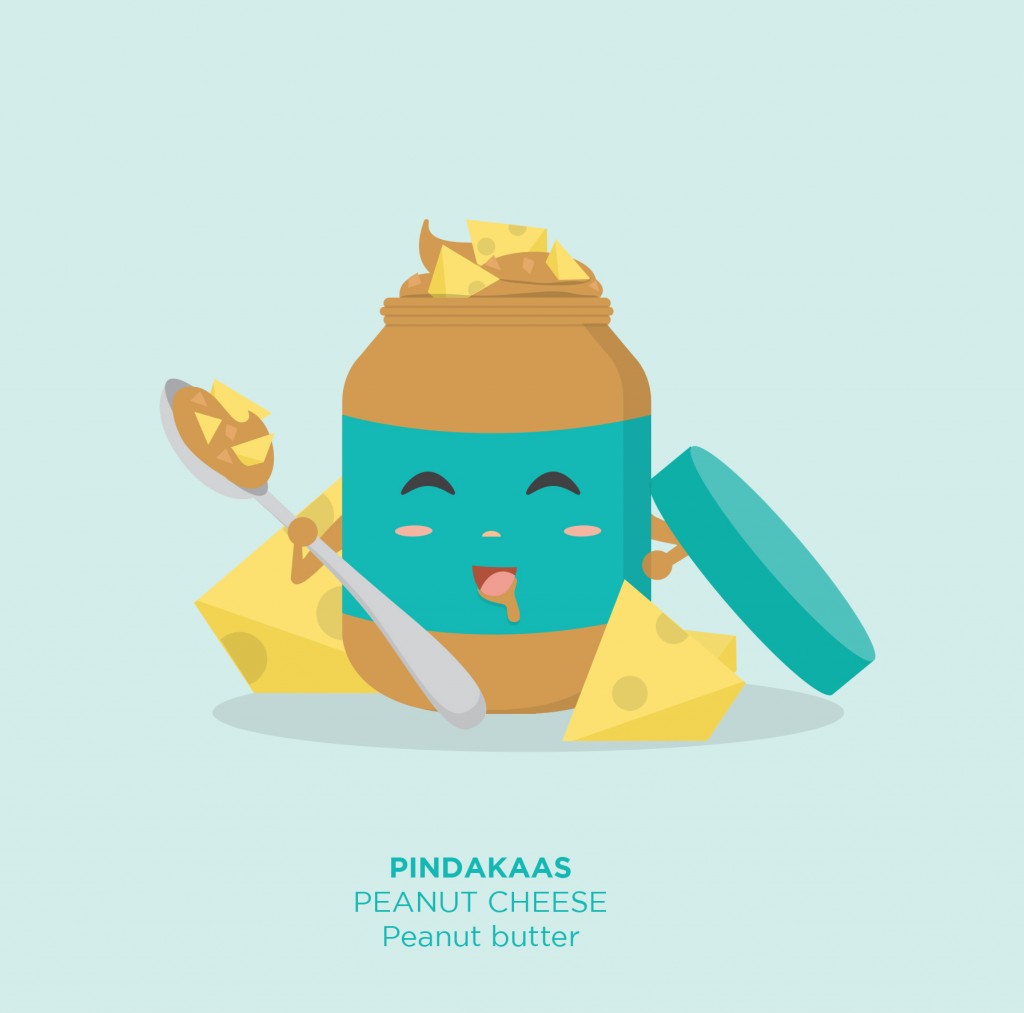
12. Sea wolf
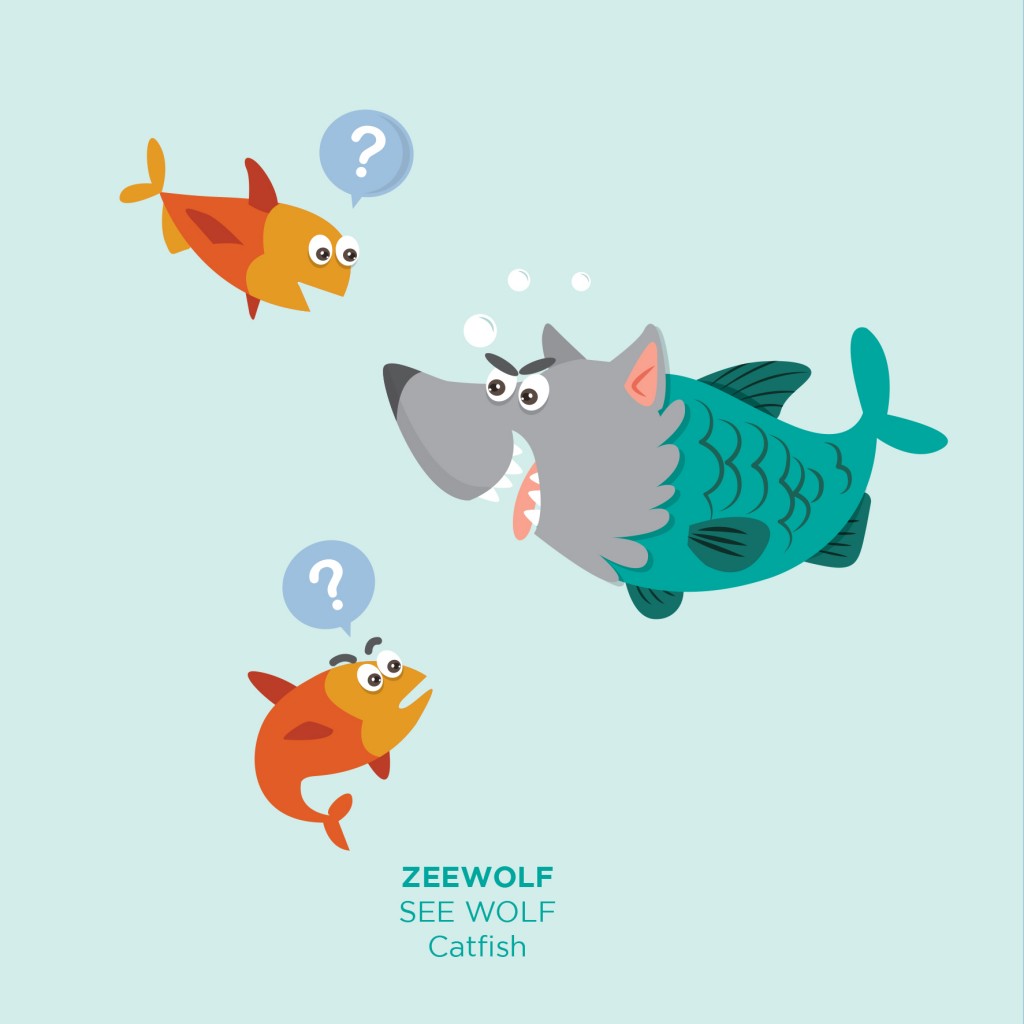
[sdpl-ad4]
13. Horse flower
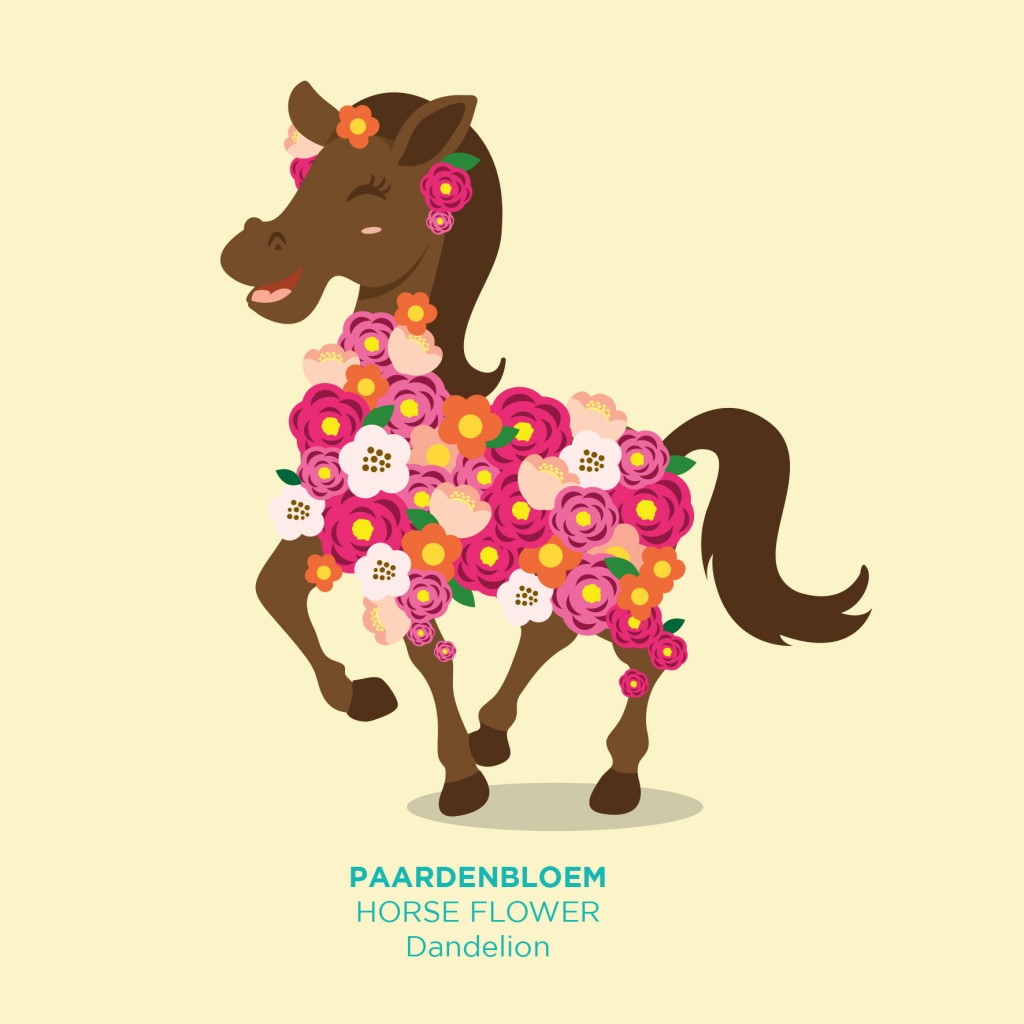
14. Lazy horse
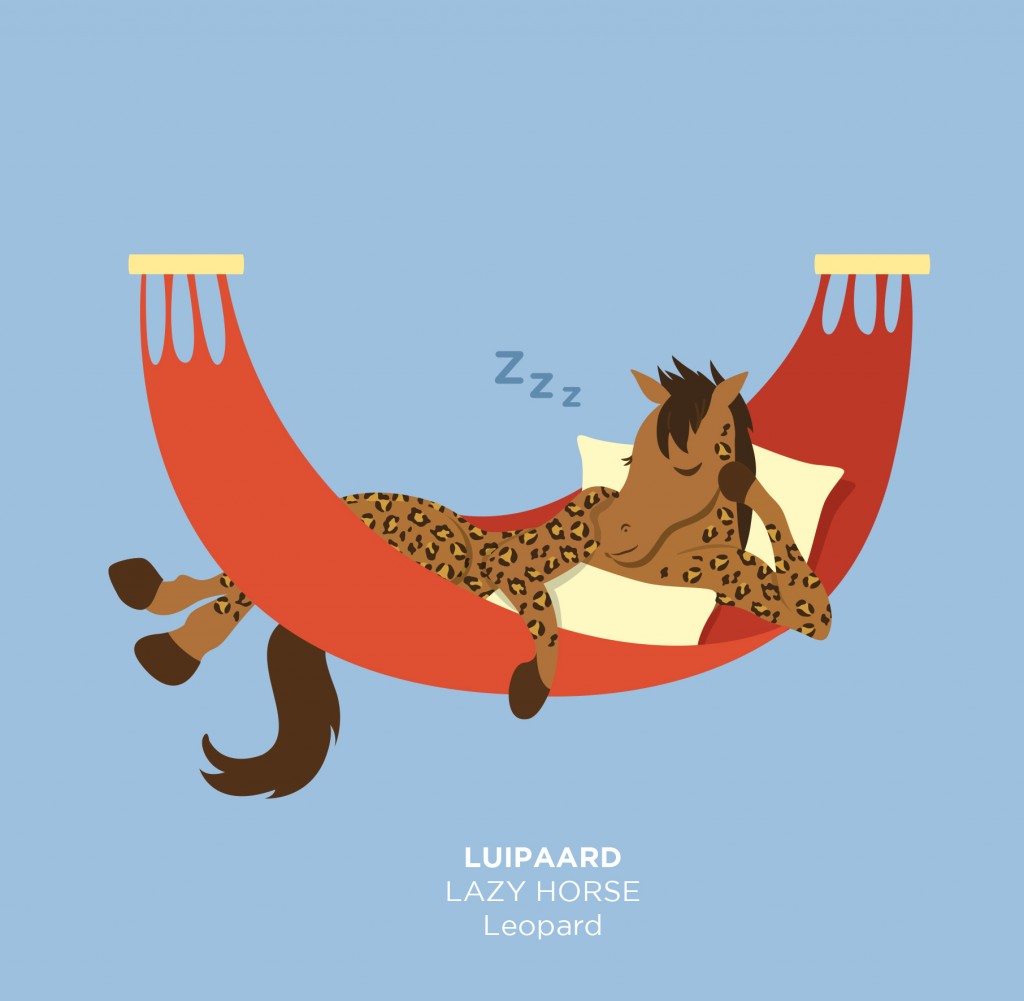
15. Garden snake
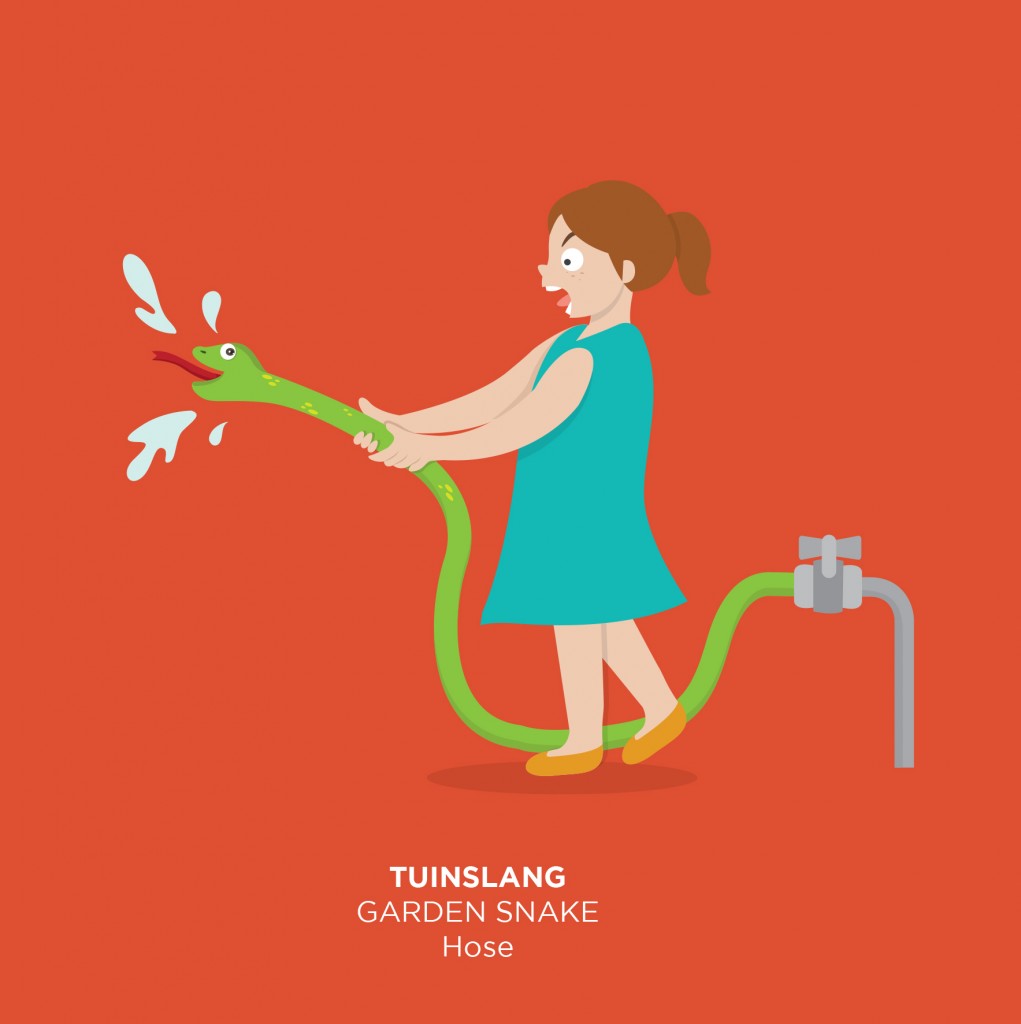
For more on crazy things Dutch People say, get our book Stuff Dutch People Say!
Want to talk to other Dutchies about Dutch stuff? Join our exclusive Facebook group and “Stay in touch with the Dutch”!
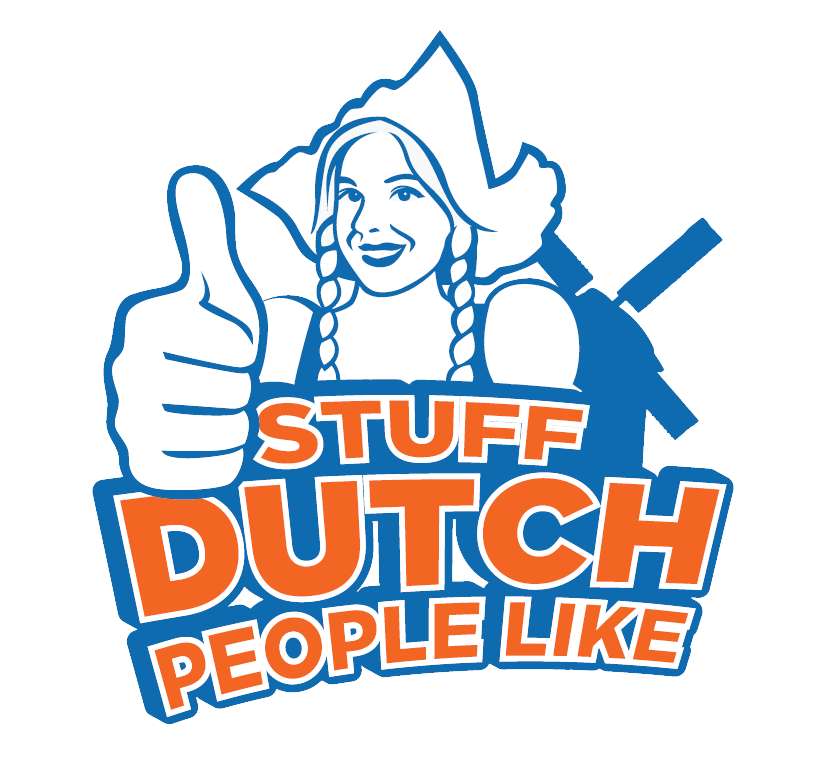
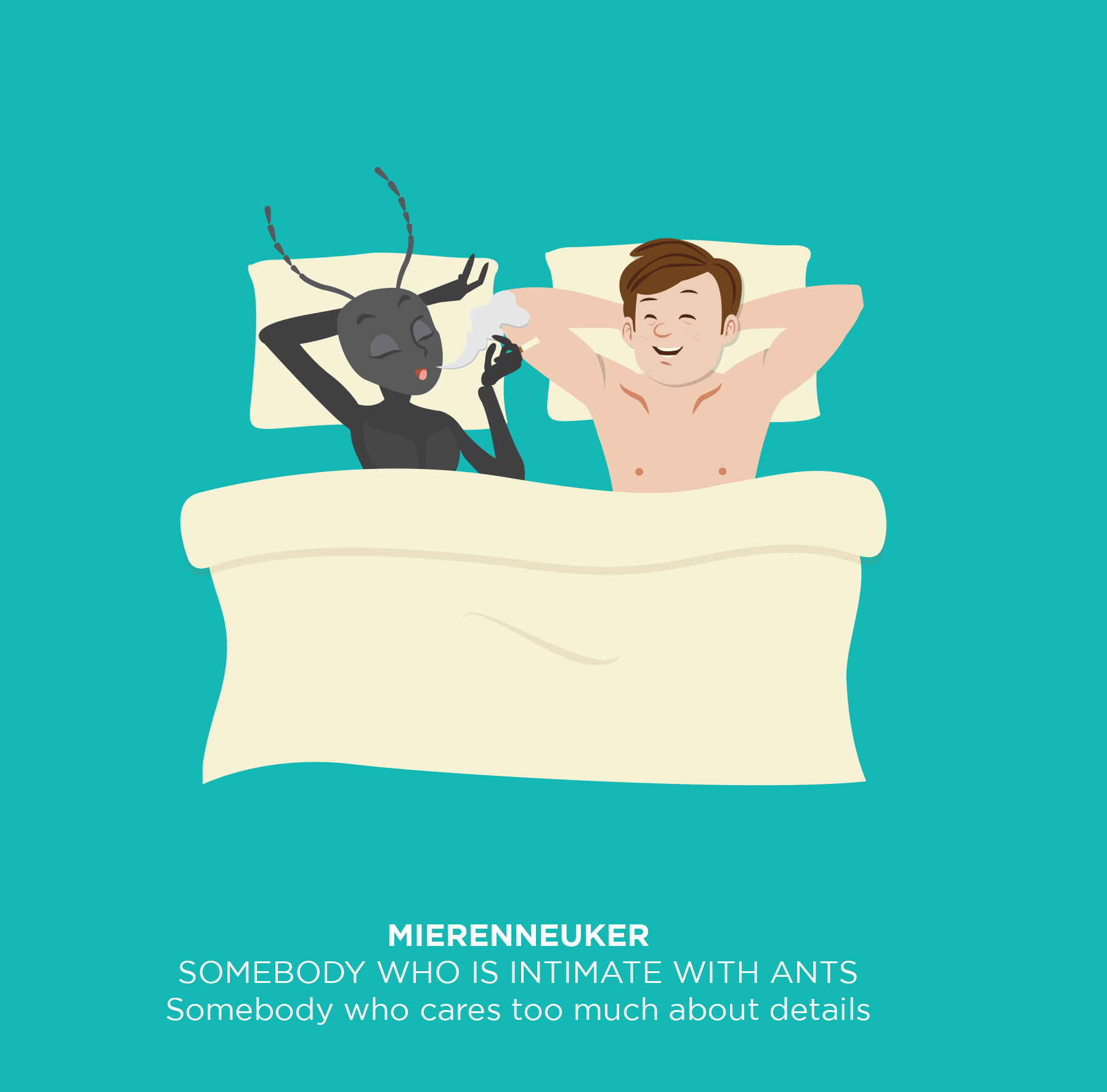

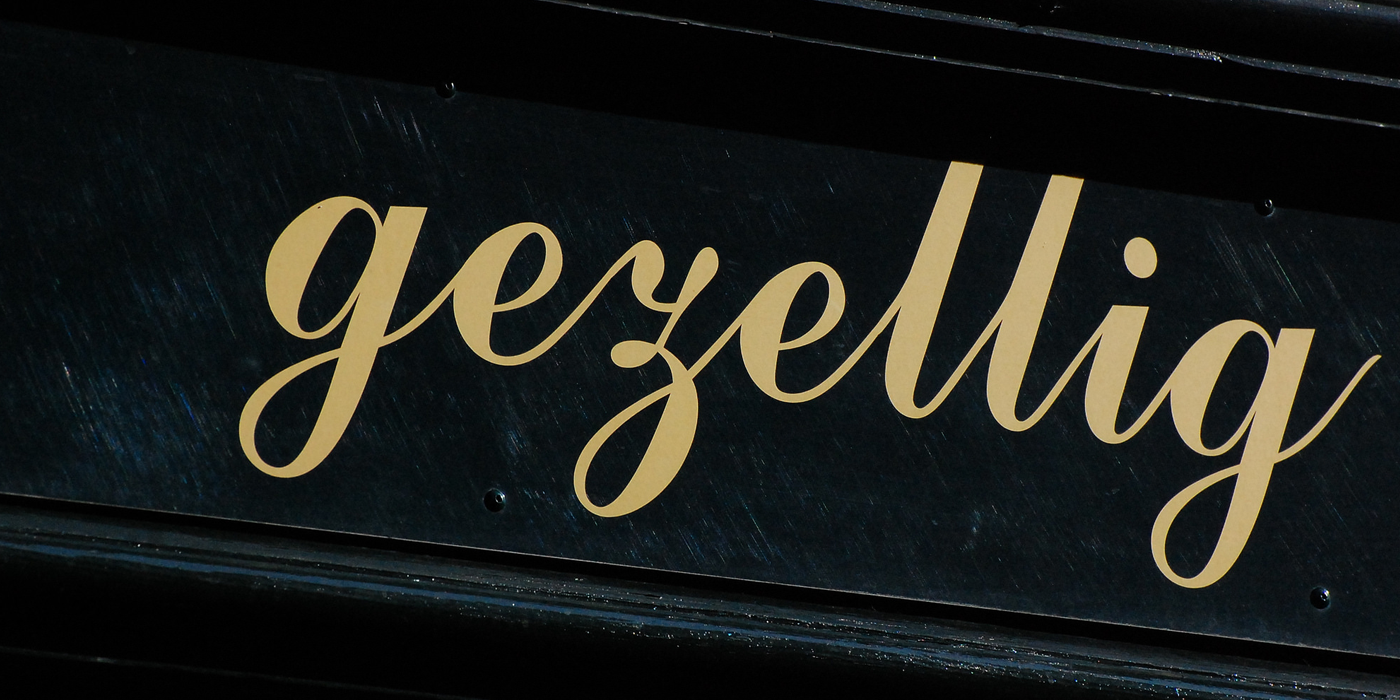
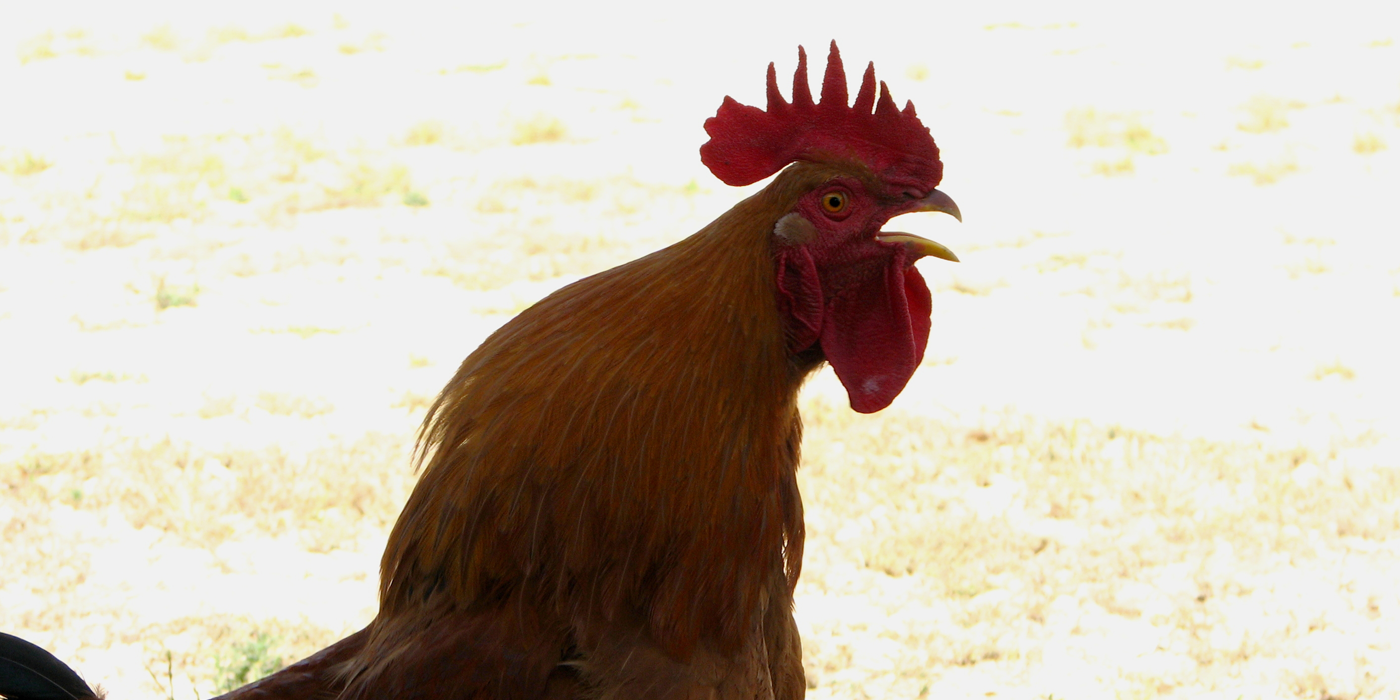

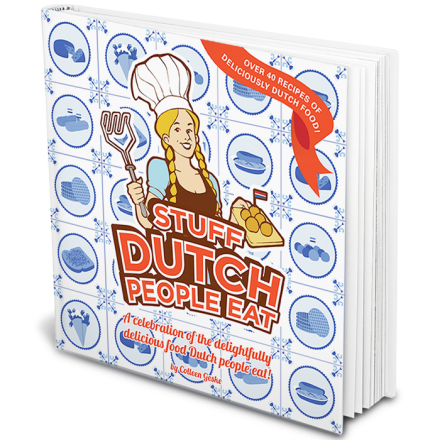
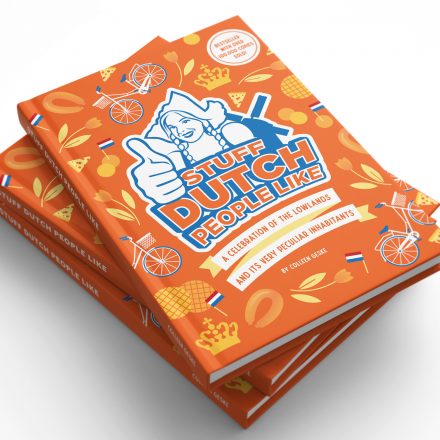

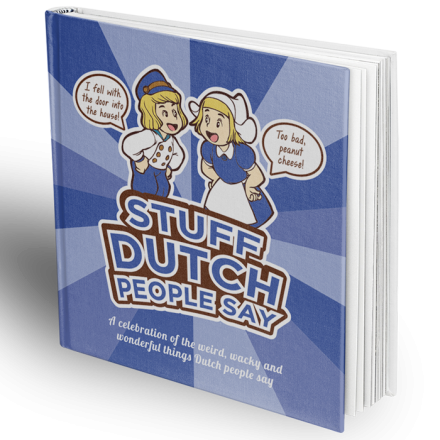
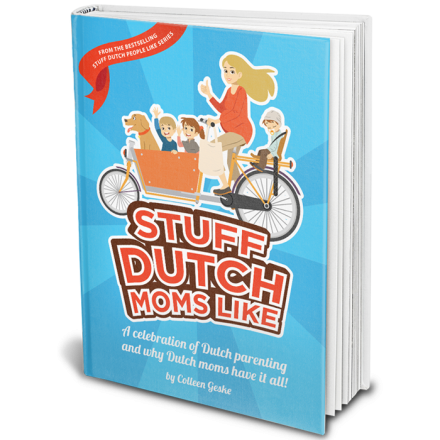
Gootsteen Gutter stone (kitchen sink)
Ledikant?
for an apple an egg.
For an apple and an egg (very cheap)
Nail jeans?!? Nail jeans..probably the funniest thing I heard.. Wonder how that came about, first Dutch with jeans on must have had a horrible experience 🙂
50 years ago in Germany blue jeans were called “Nietenhosen” (“rivet pants”), obviously because of the rivets used to reinforce the pockets and other heavily strained parts.
Rivet heads look like nails, so that’s where those come into play in Dutch.
The way it came about was because all jeans used to have those little metal (round) thingies.looked like nail(spijker) heads
The early jeans had little rivets and resemble the heads of a nail. I’ve lived and speak Dutch and remember when spijker broken were really popular in the mid 50s.
It refers to the fact that jeans were initially reenforced with rivets – which resemble a nail’s head, ergo – nail pants
The name actually comes from the old levi jeans. Those had nails to fasten the pockets. Like some models still have.
The nails are the ‘rivets’ on the pants… You know the metallic things on the pockets…
Because of the first jeans made were held together with nails back in the day
nails as in studs as in levi jeans with rivets
Stofzuiger or dust sucker for vacuum cleaner is one of my favourites.
I miss the dust sucker
A boterham is rather a slice of bread! And I usually say wcbril instead of toilet bril.
Funny thing, a schildpad is a turtoise and a waterschildpad is a turtle. Never get confused about those again with Dutch 😛
a schildpad is a tortoise
Seawolf is a Wolffish in English, where as a Catfish is a Meerval in Dutch
Zeewolf seewolf catfish? Wat dacht je van : zeewolf, seawolf. 😉 Een catfish is overigens een meerval…
Why is ‘Seawolf’ stranger than ‘catfish’…?
Zeewolf – SEA wolf
Most are accurate and funny, but nr 12 is wrong.
We don’t call a catfish a ‘zeewolf’ but they’re called a ‘meerval’.
We do have a fish that’s called a zeewolf, but that’s actually a wolffish in english, so not really that different.
Lastly isn’t that big body of water we dutch call ‘zee’, actually written ‘sea’ instead of ‘see’?
Oh whatever, maybe I’m just too much of an ant f@#$% 😛
Love the list! Just one thing about the word Schoonmoeder: although the word ”schoon” can indeed mean ”clean”, it also means (and in Flemish it is still used) ”beautiful”. The French word for mother-in-law is ”belle-mère”, beautiful-mother (The dutch word schoonmoeder is derived from the french equivalent). Since the middle ages the word ”schoon” was used to mean ”beautiful” but with respect to persons it could also mean ”honoured/venerable”.
So the word Schoonmoeder is/was meant a courteous form of adress and not a description of the mother-in-law’s cleanliness ;). Sorry for the rambeling, I’m a bit of a history nerd!
#6 is funny – Chinese call @, ‘shiao lau su’, or ‘small mouse’.
What about wentelteefje (turn over little bitch) means French toast!!!
That’s should read ‘sea wolf’.
zeeduivel = monkfish not catfish
Please, don’t be a mierenneukertje, lol, what’s in the name?
Here some words:
Muggenziften
Bankhangen
Doodmoe
Dierentuin
Achterbaks
Zakdoekje
Binnenstebuiten
Ondersteboven
Overdrijven
Achterbaks
I think they all are hilarious! What puzzled me is Heen en weer. Should\n’ t it be “forth and back”? How could you go back if you didn’t go forth first?
“Heen en were” is a bit obscure indeed. “Heen” is used as “road, away, not here”. “Weer” is used as “again, back”. So taking a trip one is departing from here, only to come (back) again.
“Heen en weer” can thus be interpreted as “away and back” : think of ferries or errands.
P.S. as a Dutch person both this site as the comments are extremely entertaining. Thanks for the fresh perspective on ones own culture.
P.P.S. The most famous use of the frase is found in a song made by a Dutch scholar who was a musician among other. Perhaps a bit dated, he still is famed for is excellent and witty use of Dutch language: Drs. P.
https://m.youtube.com/watch?v=X7V09Tmsu-0
Binnenstebuiten=inside out..
Ondersteboven= updide down…
These aren’t so different…
Hilarious 🙂
Lovely pictures too.
Of course, from an etymological point of view numbers 5 and 9 are a bit of a stretch to read them the way they are presented. Schoonmoeder refers to ‘schoon’ as in the French sense of ‘Belle-mère’) and the Flemish still use ‘schoon’ for meaning ‘beautiful’ or ‘pretty’.
As for boterham, ‘ham’ refers here to an old defunct term meaning ‘chunk’ or ‘piece’ (also previously used was broodham, so ‘chunk of bread’), rather than ‘ham’ (as in jambon in French or ‘hesp’ as the Flemish call it).
Spijkerbroek was initially called like that as some people thought the stitching looked a lot like silver nailheads 🙂
The animal kingdom is particularly descriptive in Dutch, with ‘schildpad’ but also ‘spookdiertje’ (ghost animal) for tarsier, though Afrikaans (related to Dutch) is also rather hilarious with animals such as ‘kameelperd’ (camel horse) for giraffe.
Good stuff!
The common name “leopard” is a Greek compound of λέων leōn (“lion”) and πάρδος pardos (“male panther”). The Greek word is related to Sanskrit पृदाकु pṛdāku (“snake”, “tiger” or “panther”), and probably derives from a Mediterranean language, such as Egyptian.(wikipedia). So, the Dutch lazy horse is most probably paardpoep.
Exaclty… Where paardenpoep is just stercum in Latin… Maybe Equus equus stercum?? :-))
I love it. I think it’s great. I am of Dutch heritage born in Den Haag but lived nearly my whole life in Western Australia. I think the Dutch are “uniek”
I was born in den haag ,,,what school did you go too ,I went to dr Kuiper ,…….daag
koeienvlaai
cow flan (yum!)
cow dung
Dust sucker snake
LITTEL MONKEY TAIL?
Little fail?
There are some unusual animal names in Dutch.
stinkdier = stink animal = skunk
stekelvarken = prickle pig = porcupine
hooiwagen = hay wagon = daddy longlegs
roodborst = red breast = robin
papegaaiduiker = parrot diver = puffin
inktvis = ink fish = squid
lieveheersbeestje = little dear lord animal = ladybug
I am sure there are many more. 🙂
Daddy Longlegs? Lange benen van papa??? Ladybug? Dames Kever?? Van Engels naar Nederlands ook hilarisch….
Why don’t we talk about “Blue tits”, “Great tits” (would love to see the drawings).
But the I almost forget the always funny ‘Vondelpark’ in Amsterdam, It’s not in the name but saying it out loud to Americans makes them think that in Holland they have actually a park to fondle?
There was until recently a ‘Gropecunt lane’ in London.
needed you to tell me that!!
Fluitketel= whisle kettle; water kettle
Open haard = open stove ; fire place
With a large roundabout I ended up on your site, which I quickly realised to be simply outstanding. Therefore I’d like to point out a typo in image number six. (Apenstaartje) It says littel instead of little. Other than that, magificent work and a marvellous resource for me to use in my Dutch classes.
I love Dutch naming logic, especially for animals. Take for example vogelbekdier (bird bill animal) therefore a Duck-billed Platypus. Similarly, neushoorn (nose horn) for a rhinoceros and nijlpaard (Nile horse) or hippopotamus.
My sons are ethnically half Michigan Dutch and half Puerto Rican (who are very partial Heineken beer, interestingly enough). My boys love their Peanut Cheese. I will have fun with this. 🙂
Not to be a mierenneuker, or overly blunt and socially corrective … but these 2016 articles are ‘Not’ in the complete list 🙁 … I binge-read the list but was somewhat surprised to see some articles pop up on the main page that were newer still… I know, that you know you still need to do this, but still i can’t help myself :/ … Maybe we Dutch all have a mild form of OCD, ‘it says it’s complete but it clearly isn’t, there is something wrong here and i must bring it up for this can’t be true this isn’t ‘normal’, complete is complete and thus it should be complete, am i being lied too here ? 😛
Ps. Really like your blog posts, i had tons of fun reading, and i am glad that the articles resumed to be funnily observant instead of the few that clearly showed some ‘post winter?’ frustration. Keep up the good work, and i will be sure to drop in some time in the future to read the actual ‘complete list’ at that time 🙂 (or so i hope it will be)
My favourite is Ziekenhaus – Sick House – Hospital!
thats not correct. ‘ziek’ is ‘being ill’; ‘zieken’ is ‘sick people’ which makes a ziekenhuis a ‘sick people house’ – not too far from the truth…?
The funniest (or rudest) of them all is ledikant!
is this like the Vondelpark sounds like fondle park?
because ‘ledi’ does sounds like ‘lady’; but ‘kant’ sounds like ‘Rand’ (the SA coin), not like ‘fund’.
so the rudest? maybe i’m missing something?
I guess Rayner means ‘lady can’t’. (to be pronounced in Brittish English) And I’m too dutch to see that this is rude.
I have so enjoyed all the posts. Born in Holland, I was raised in Canada, but my parents spoke Dutch to each other, while encouraging us kids to be “Canadian eh”.
All the same, I never knew the meaning of “klootzak”, aka, a klutz, until many years later. Thanks, Hank van Luit.
Or, ouwehoer…a tedious person, but not a lady of dubious virtue.
Sorry Henk, an ‘ouwehoer’ is someone who talks a lot/too much. We also have the verb ‘ouwehoeren’ which is talking a lot and in particular about non interesting things.
Klootzak is literaly scrotum, but we use as scum, son of a bitch, etc.
What about the wonderful word ‘stucadoor’? Like a matador, but without the blanket. (Usually plenty of bull, though.)